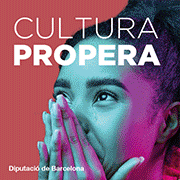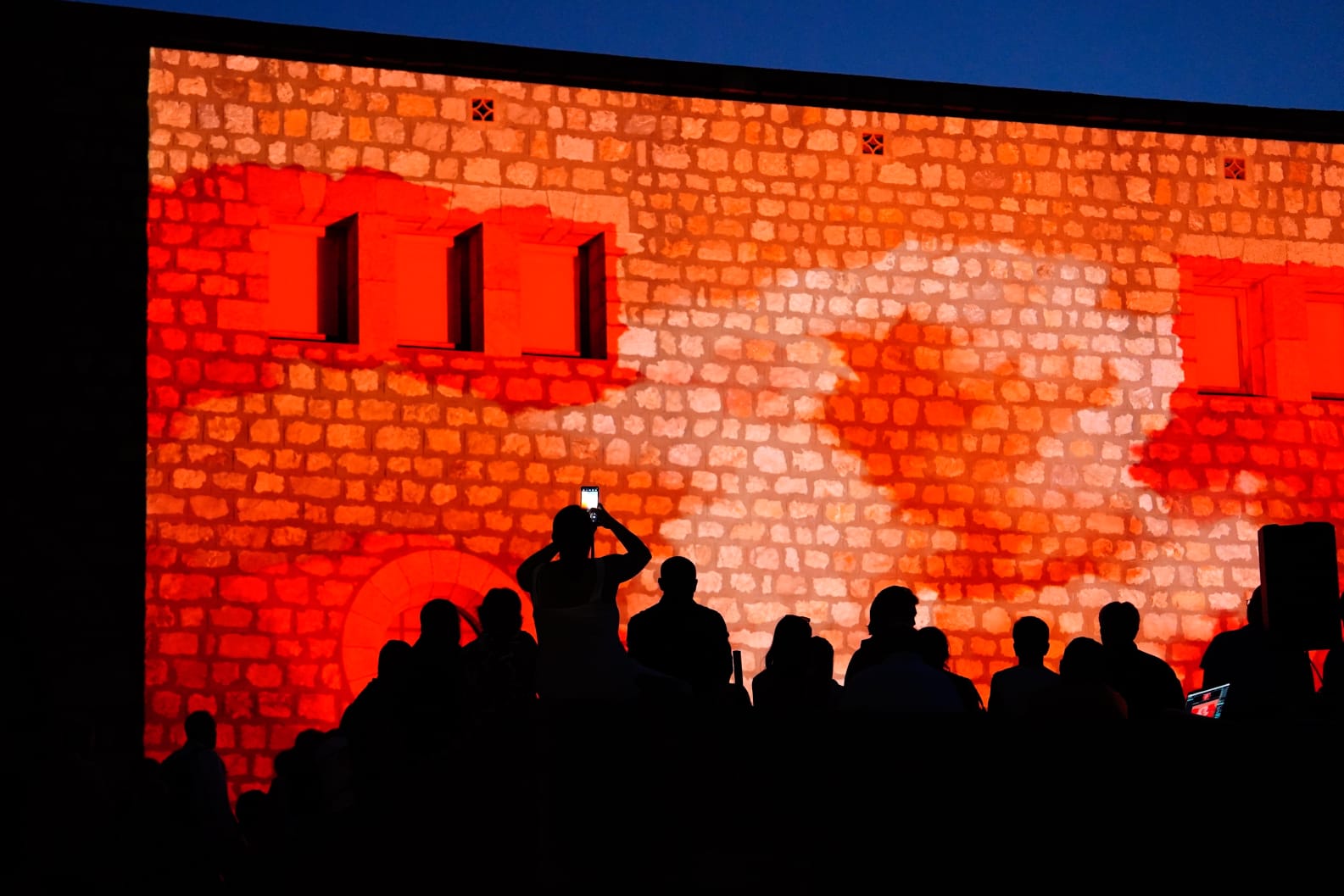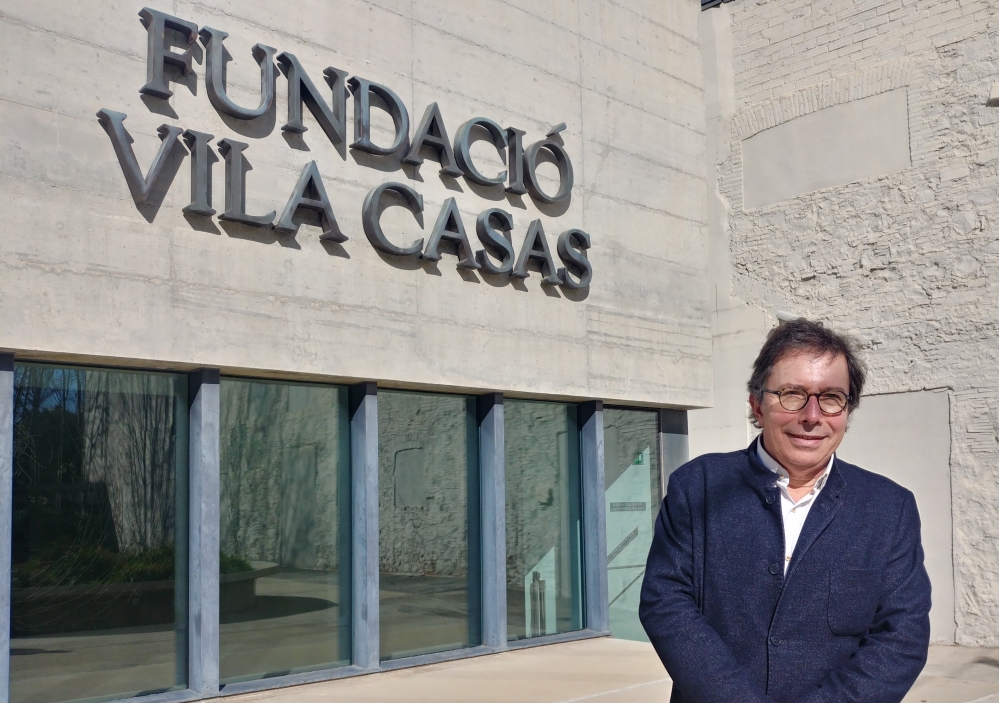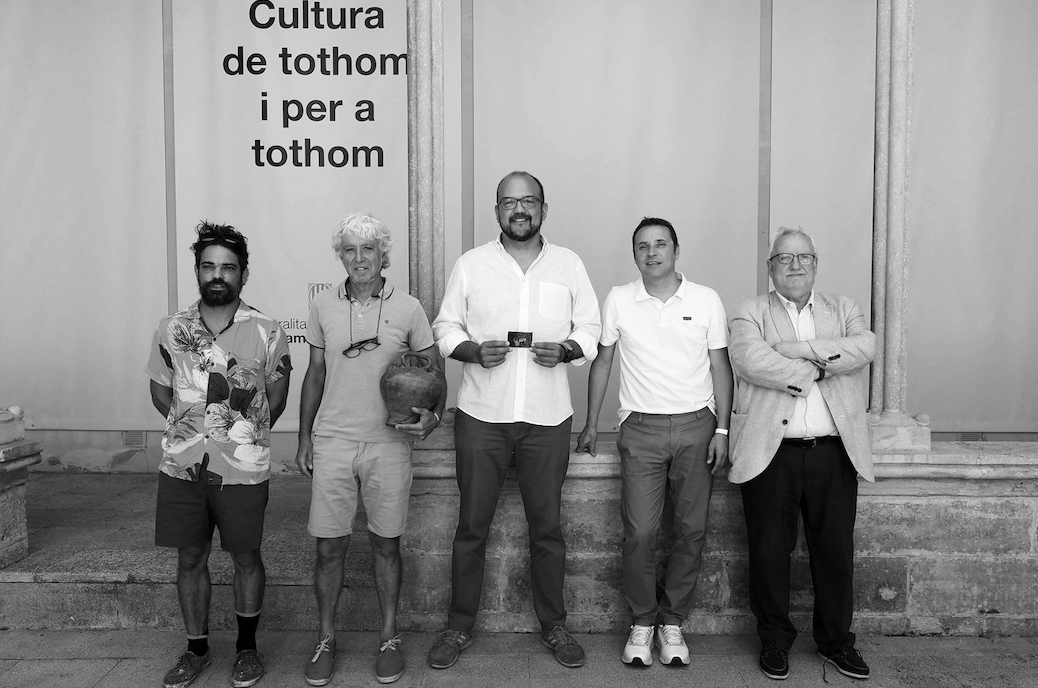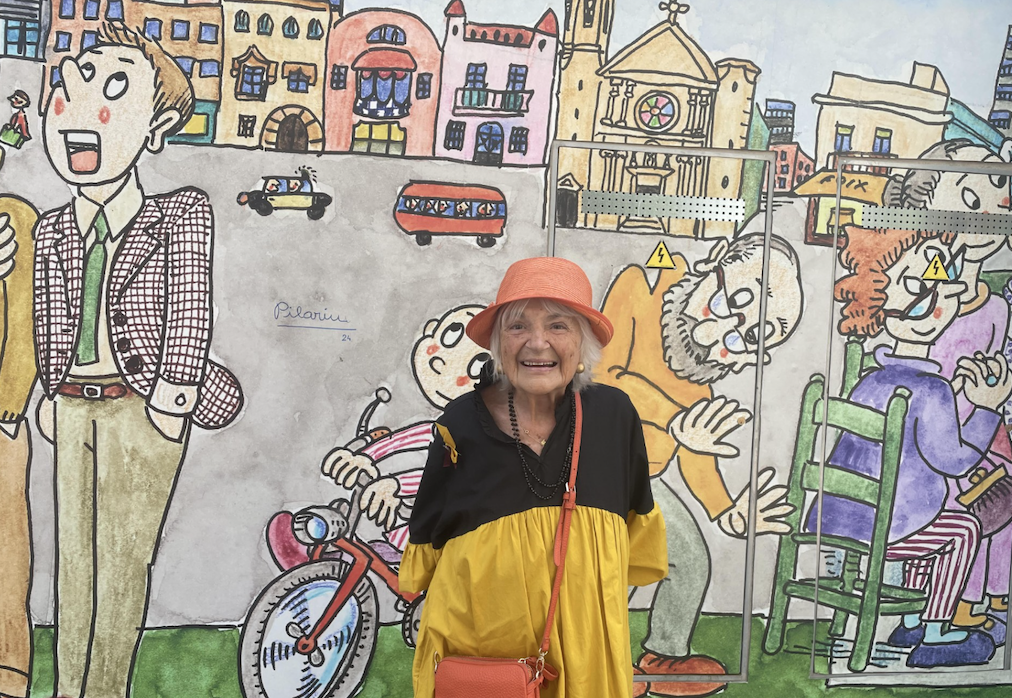Art & Fashion
Culture with a taste of fashion
For a month, the fashion world comes to a standstill to follow the chained fashion weeks in the four fashion capitals. Each city provides a platform where designers from all over present their collections, influencing both exclusive shopping and affordable fashion from large multinationals reaching the general public.
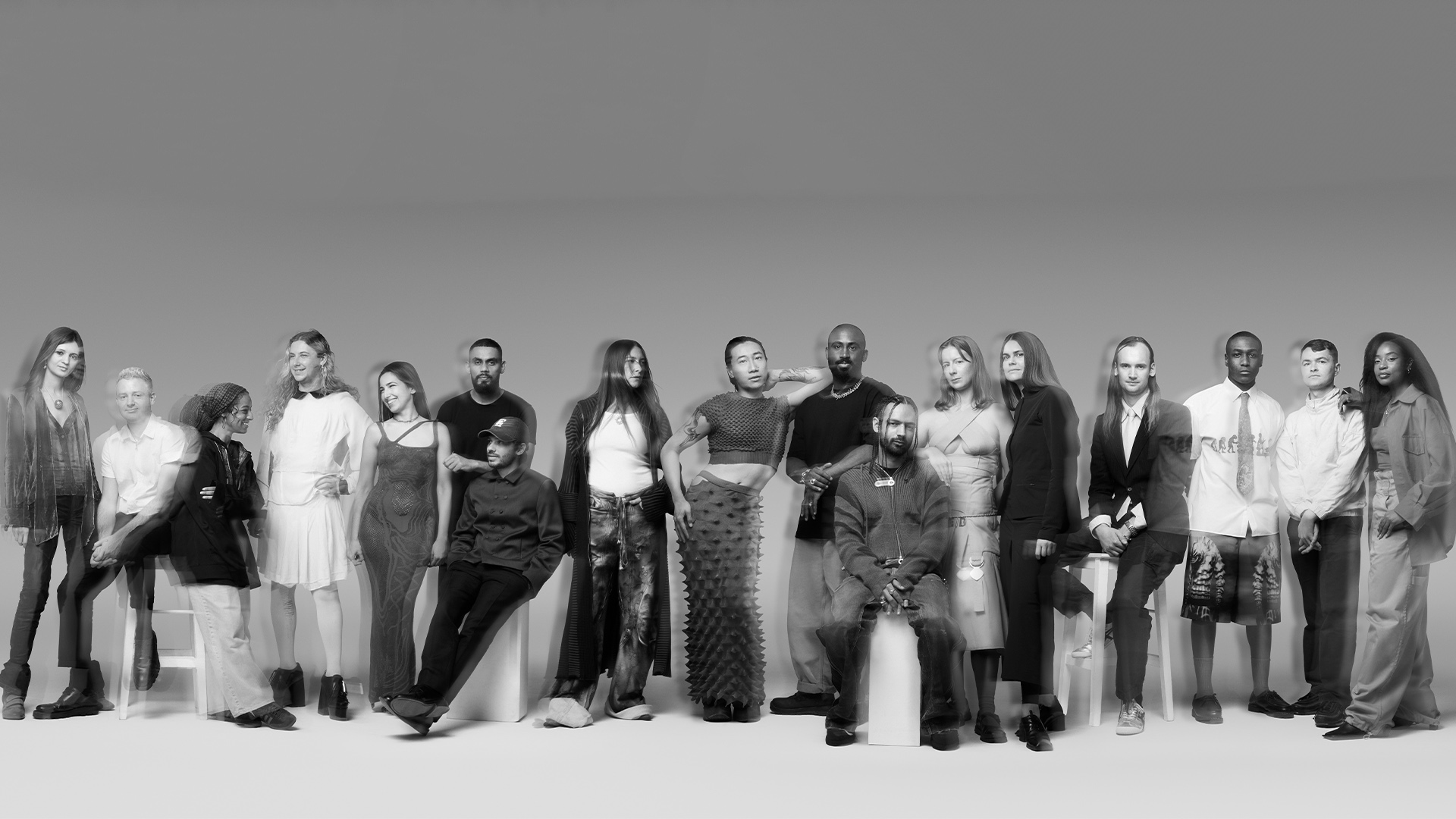
For those who do not know the sector, the annual fashion calendar is structured around two big moments, one in September and one in February - in that order: the new fashion year is in autumn and not in January – in each of the four main world fashion capitals, New York, London, Paris and Milan.
During one month, the world of fashion experiences four fashion weeks straddling each other. In each of the four cities, designers of varying prestige, reputation and status present their collections so that a lucky few with high purchasing power can buy the pieces, and a large mass of people can get their hands on the affordable version of large multinationals, which we all know, but which we will not name.
To sum it up, beyond gathering famous faces, trying to generate a viral moment on the networks and generating income in any way, fashion weeks have a very practical function, that of deciding what we will wear next year it comes.
Due to an increase in the demand they generate and as a result of living in the age of consumerism, more and more fashion weeks are appearing. There is haute couture, men's fashion week and women's fashion week - this differentiation responds to a mere logistical need, for large warehouses and small businesses that need to sort stock by category - even those called cruises , a vestige of the last century, which replaced the need to have summer clothes for those who left for warm places during the winter.
Coming back to today and to put ourselves in place, on June 27, 2024, Haute Couture week in Paris has come to an end, thus closing the school year in the world of fashion , which will start again in September. Obviously, there are hierarchies between the four capitals. Paris leads the way, competing with Milan. Both have the most powerful calendars, and steal or attract designers who have presented first in New York or London; the British capital has been called, sometimes condescendingly, the little sister of the capitals.
In London, tradition competes with irreverence. Thus, in the same edition, big names from Savile Row like Gieves & Hawkes or Henry Poole and big established brands like Burberry share space with the most punk names on the English fashion scene, as they were at the time, Vivienne Westwood or Alexander McQueen.
London's revolutionary character makes everything worthwhile in the British capital. He plays by his own rules, like the younger brother who rebels so he won't be compared to the older one. Perhaps that is why this last month of June, during men's fashion week, the British Fashion Council (BFC), the institution that organizes and manages London Fashion Week (LFW), opted for a new format focused on minority but key cultures in the country's textile and fashion history, always with fashion as a background.
In a reduced format, the BFC presented a cultural program for three days, featuring exhibitions and cultural events, focusing on the three chosen minority cultures: black culture, LGBTQ+ culture and South Asian culture. Rooted in London, she also echoed British brands, celebrating 40 years of London Fashion Week with an installation that celebrated LFW's role at the intersection of fashion and culture.
Let's go step by step. On the one hand, the BFC wanted to illuminate and give voice and space to the minorities who have made London what it is today, without annihilating quintessentially British brands. Including London's cultural diversity was the easy part, because if there's one thing London's creative industry does well, it's show off that cultural richness and the intersectionality of its disciplines. Visual and plastic arts, music creation and production, literature, fashion, everything is included in a melting pot that has as its common denominator creativity without barriers and outside the norm.
The BFC now faced a difficult task. That of maintaining the level of the quantity of cultural and fashion offer without having to sacrifice quality. Satisfy a lot of people, deliver on announced promises, and give voice and visibility to all parties equally. Celebrating the intersectionality of fashion, the exhibitions, three for each of the three chosen cultures, were commissioned by notable personalities from each community who worked in tandem with three relevant photographers from each subculture.
Kai Isaiah Jamal, model, poet and trans activist, and Dani D'Ingeo took care of the Trans and Queer community. While writer and creative Simran Randhawa, along with Tami Aftab, and radio and television journalist, Clara Amfo, collaborated with Stephen Akinyemi to give a voice to the black community. At the same time, three activities were carried out, organized by the commissioners themselves. An "Afternoon T" celebrating the young creative voices of the non-binary and trans community, a dinner celebrating South Asian culture with a special focus on the impact of this culture on British textile history, bringing together designers and artists who have contributed on a global scale and finally a vermouth, praising black culture and music, with self-love as a leitmotif.
For this edition, then, the BFC chose to give a secondary character to the parades, presentations and after-parties that characterize a classic fashion week, with fashion as an after-thought*, as the British say. Thus, they have focused on the cultural richness that has characterized London over the last four decades. What could have been a whim or a folly, the result of the 1940s crisis, was a success. While many still don't understand what London Fashion Week was in June, they don't have to. London plays in another league and has been confounding the fashion industry and the world for the past 40 years. He brazenly panders to the big cities, inciting change, because he doesn't want to be labeled archaic and immovable.
Although it doesn't have as packed a calendar, or with names that intimidate like the more established ones, the boldness of LFW and the BFC keeps the fashion industry active and young, constantly challenging it.
*last minute thought




